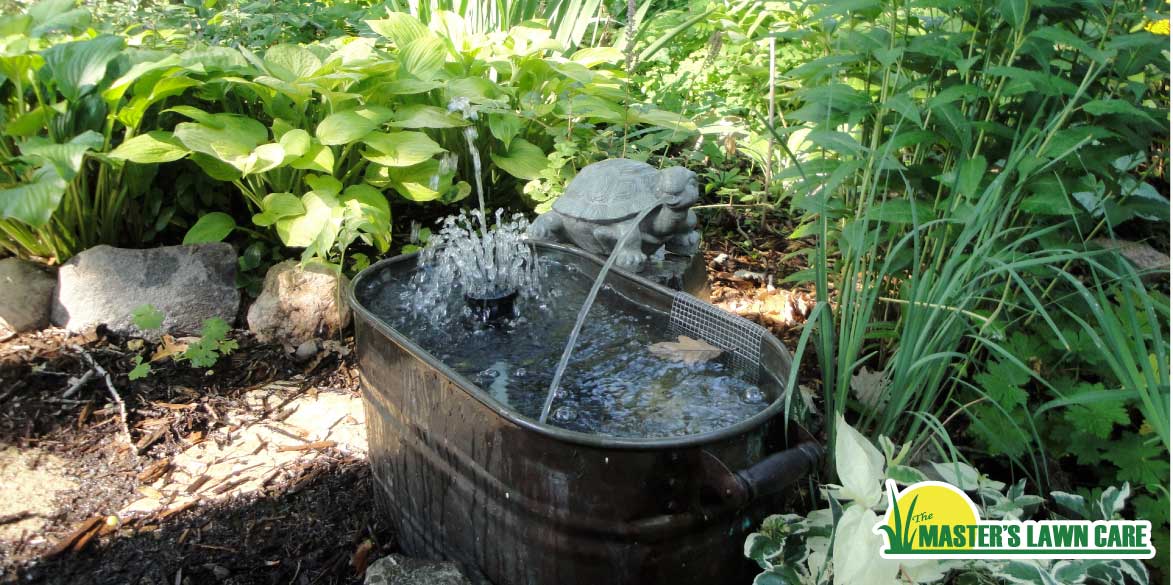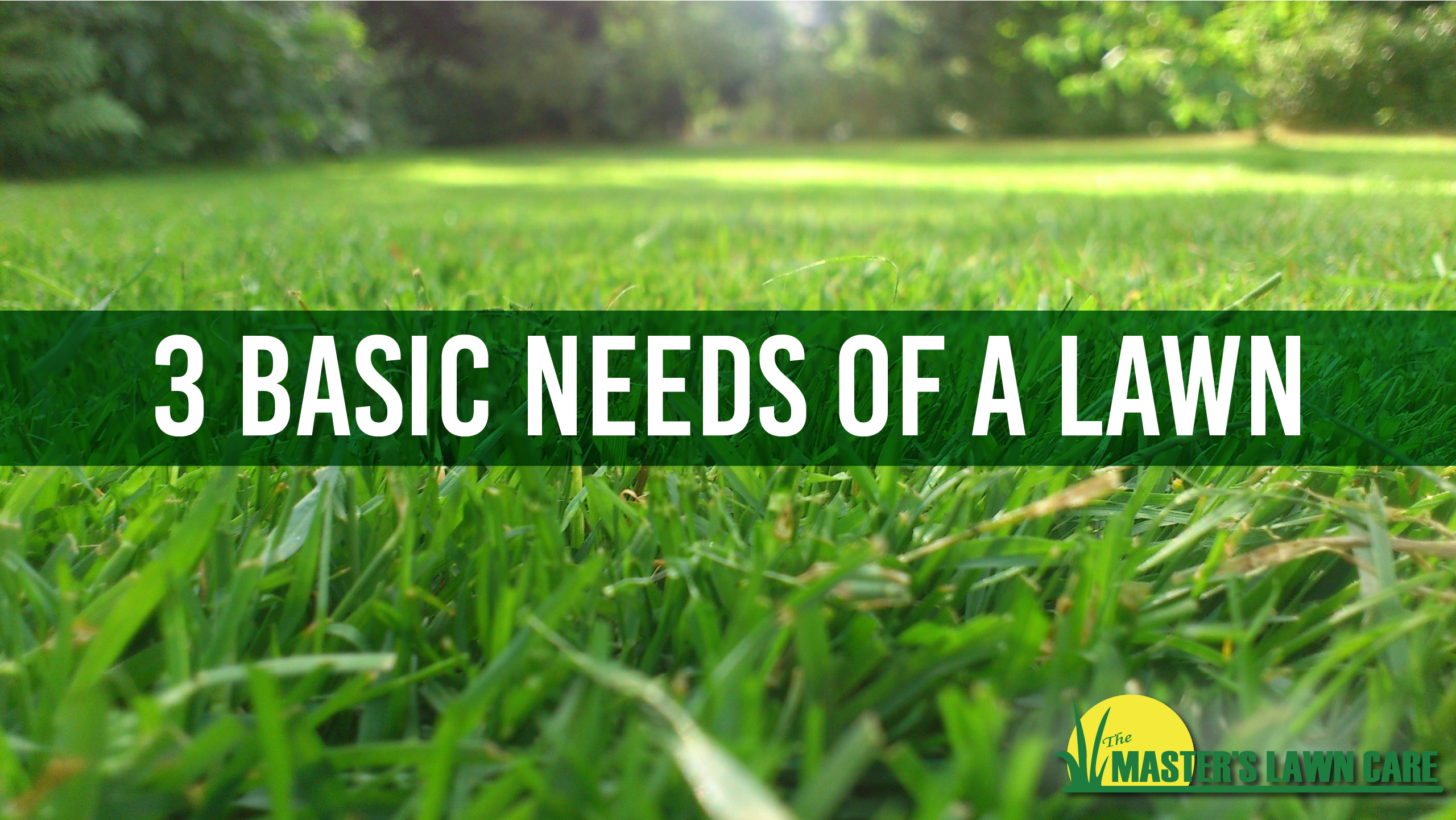When planning a fire pit in your Palencia, FL, backyard, there are certain must-have features that can elevate the space from a simple gathering spot to a truly stunning outdoor centerpiece. A fire pit brings warmth and ambiance to your yard, creating an inviting space for relaxing evenings, lively conversations, or roasting marshmallows with family and friends. The right design elements and materials can make all the difference in how the fire pit blends into your overall landscape.
Related: 5 Features to Include When Designing the Perfect Paver Patio for Relaxation in Gainesville, FL
Choosing the Right Materials for Your Fire Pit
The materials you choose for your fire pit will set the tone for the entire space. Whether you prefer the rustic look of natural stone, the sleek lines of concrete, or the warmth of brick, there are plenty of options to fit your style. Natural stone, like flagstone or slate, adds texture and character, while concrete pavers can give the fire pit a more modern, clean-lined look.
The material should also tie into other elements of your yard. If you have a paver patio or stone walkway, choosing a similar material for the fire pit area can help create a cohesive flow. By blending materials that complement each other, the fire pit becomes a natural part of your overall landscape design.
Comfortable Fire Pit Seating Options
Seating is essential for creating a welcoming fire pit area. Whether you opt for built-in stone benches or movable outdoor chairs, comfortable seating encourages guests to linger and enjoy the fire. For a more permanent, polished look, built-in seating made from the same materials as the fire pit can provide both style and functionality.
If you prefer more flexibility, consider using a combination of outdoor chairs or loveseats that can be moved around the fire pit. Soft cushions and throw blankets add a cozy touch, making the space feel even more inviting.
Incorporating a Fire Pit Seating Wall
A seating wall around your fire pit offers a clean, streamlined look while adding extra seating for gatherings. Stone or brick walls can also serve as a barrier that defines the space, making the fire pit area feel like a distinct destination in the yard. This feature is particularly useful when you’re hosting larger groups, ensuring there’s plenty of room for everyone to enjoy the fire.
Related: Custom Fire Pit Designs in Sawgrass, FL: Durable and Attractive Focal Point for Your Home
Adding Outdoor Lighting for Evening Enjoyment
While the fire itself creates a warm, glowing light, additional lighting around the area can enhance the ambiance and make the space more usable after dark. Low-level lighting along walkways leading to the fire pit or soft uplighting near trees and plantings can add a subtle glow without overpowering the natural beauty of the fire.
Choosing the Fire Pit Shape
The shape of your fire pit can influence how people interact with the space. A circular fire pit is a classic choice that naturally encourages conversation, as it allows everyone to face each other. Square or rectangular fire pits offer a more modern, structured look and can be ideal for those who prefer clean lines and symmetry in their landscape.
Adding Natural Elements
Incorporating natural elements around the fire pit can help it blend into the landscape and create a serene atmosphere. Surrounding the area with lush plantings like ornamental grasses, shrubs, or perennials can soften the look of stone and make the space feel more organic. You can also add decorative boulders or river rocks to enhance the natural aesthetic and create a seamless transition between the fire pit and the surrounding landscape.
Related: High Springs and Alachua, FL: Expert Landscape Design for Stunning Outdoor Living


